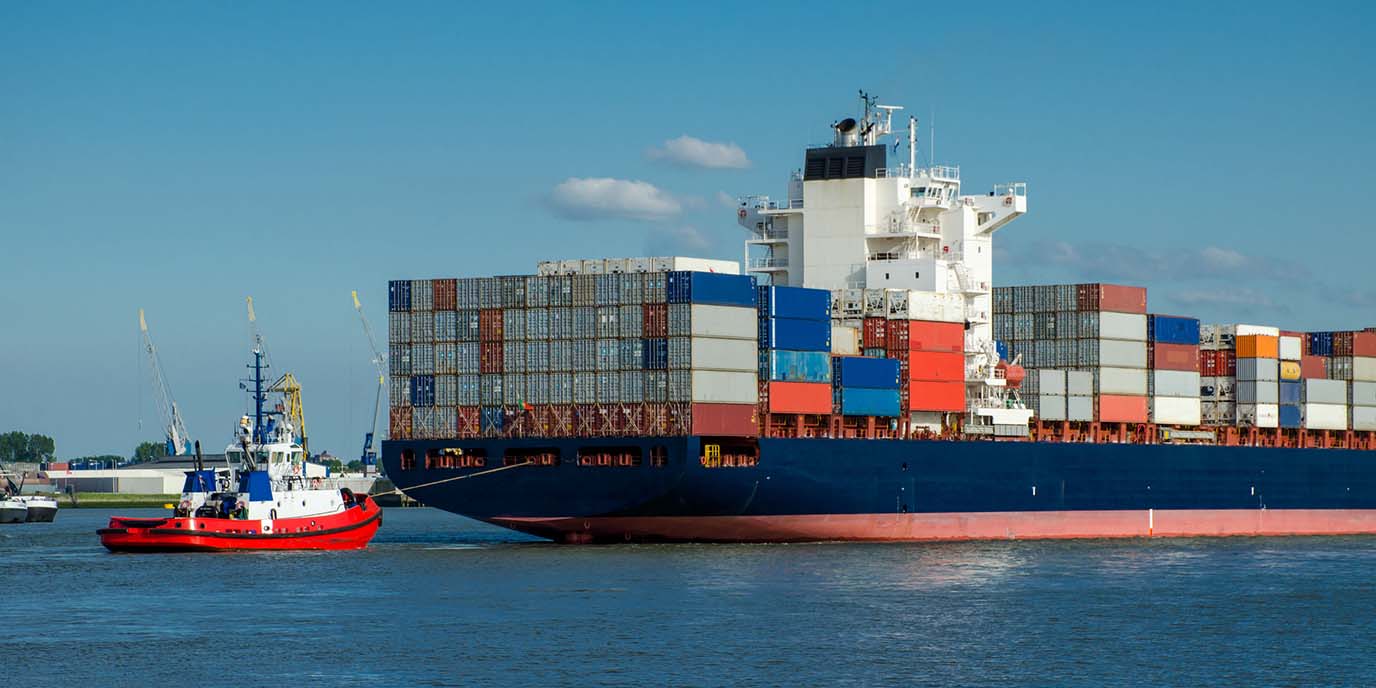The project ‘Towards Virtual Ports in a Physical Internet’ develops models and tools which can support ports and businesses in their hinterlands to change over to and gradually participate in a complete Physical Internet network. The Physical Internet (PI) may sound like science fiction, but let's not forget what we thought of the Internet about 20 years ago. Nowadays, we send our e-mails to the Internet without hesitation. No one wonders 'how' they will arrive at their destination, we just assume they will. On their way, the e-mails are encrypted, cut up, sent using continually changing hubs (servers and satellites) and then pasted together and filed in the recipient’s inbox.
What a difference with how things are still done in the supply chain. Shippers and logistics service providers still make arrangements regarding fixed routes with fixed warehouses and, generally, they also draw up agreements about whether the shipment will be sent by water, road, railway or air (modes of transport).
Synchromodal transport solutions are gradually changing that. No arrangements are made any longer about the mode of transport to be used. Currently, synchromodal transport is deployed for transporting containers from hub to hub, including seaports and inland terminals. The containers have been provided with information carriers, small chips which contain the most critical information about these containers, such as cargo, owner, track & trace.
Project manager Iris Vis, professor at the University of Groningen, said: 'You might think of the Physical Internet as being ‘synchromodal 2.0’. Look at how containers and their packages are transported from door to door. You may wonder whether transporting the complete cargo using a fixed route is the best solution. Wouldn't it be better to unpack the container somewhere along the way? Or would it be a good idea to use someone else's warehouse, because your own warehouse is situated outside the selected route? You could even combine part of the content of your cargo with part of someone else's cargo, at packet level (4C). A major question would be which packets should be bundled and where.
'The project will include the development of different models which will help individual businesses to make the choice whether or not to take part in a Physical Internet network. Based on these models, we will be able to calculate business cases for them. This will allow us to show them the benefits in terms of cost and sustainability of participating in these open PI networks.'
In respect of this part of our research, we are working together with businesses in the ports and hinterland networks of Groningen and Rotterdam.
The impact of PI on flows of goods and ports
When logistics companies change over to the Physical Internet, what impact will that have on the flows of goods? Will all sea containers still call at the Netherlands? Will it still be necessary to store them? Where will large-scale facilities for unpacking sea containers be located? Will scheduled services still exist?
It is expected that the Physical Internet will change the roles played by companies and organisations in logistics. Prof. Vis said: 'We are working together with the Rotterdam and Groningen port authorities to study which roles ports can have in PI networks. Ports are considered to be major links in these networks. Research into the consequences of PI for flows of goods will have to be carried out to determine which new services are appealing for ports.'


